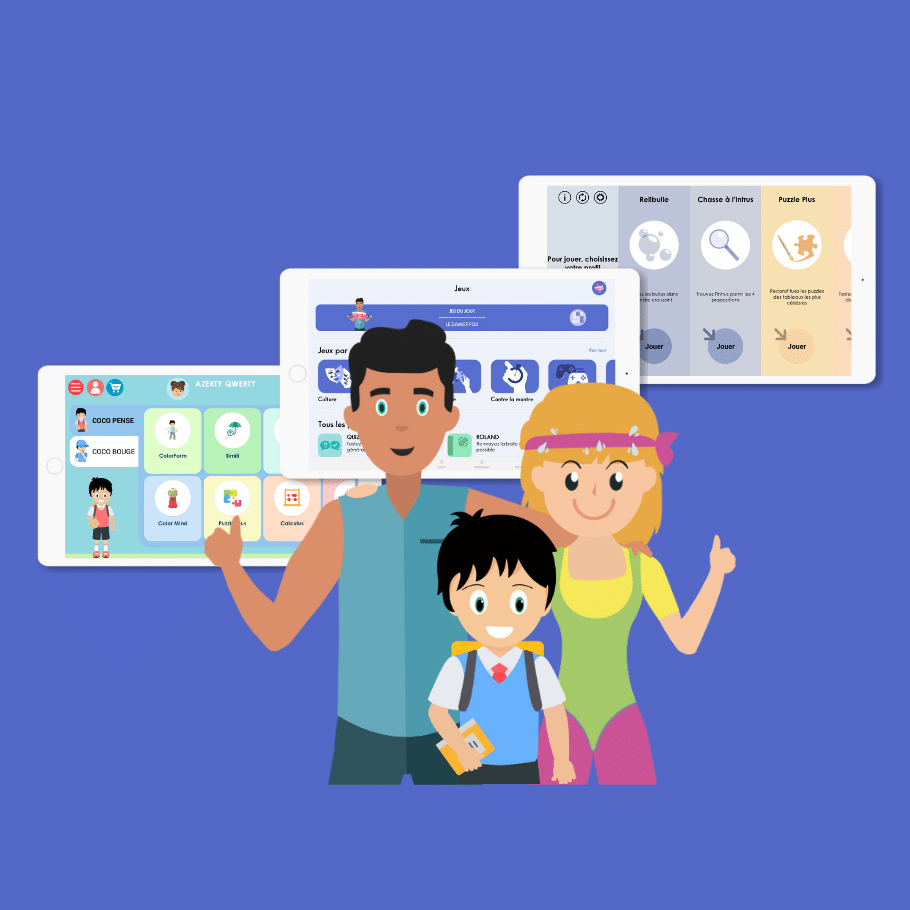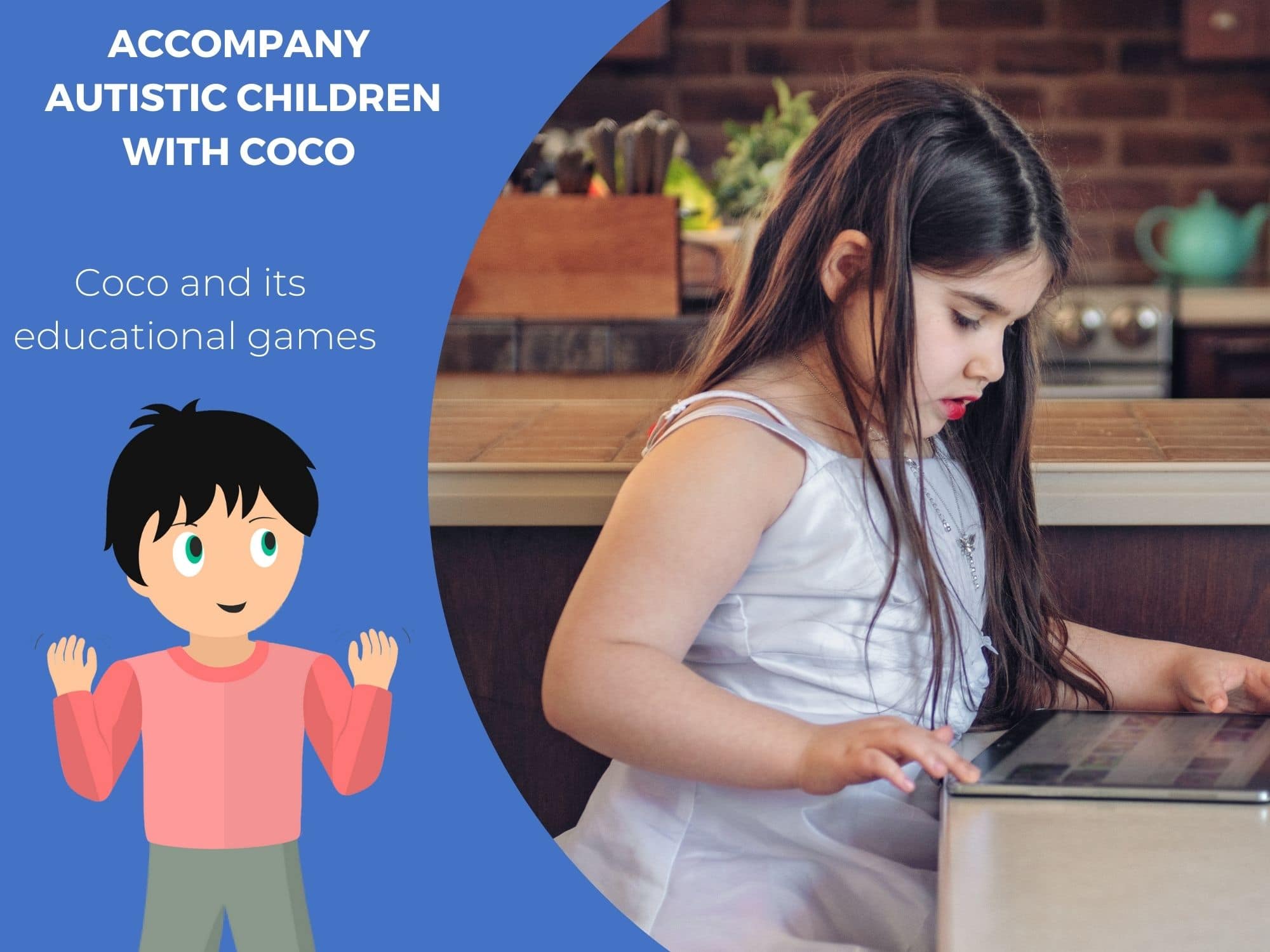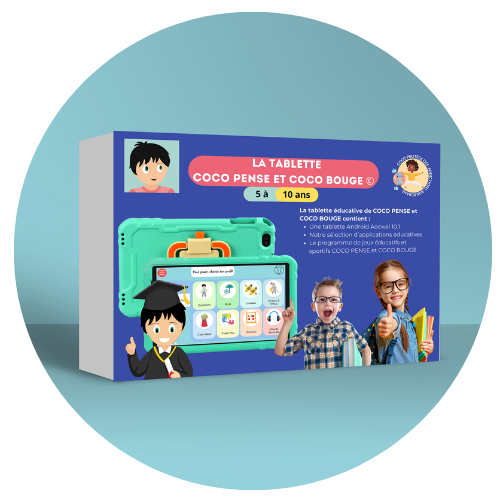Autism, a neurodevelopmental disorder affecting many children worldwide, presents unique challenges in communication, social interaction and behavior. For parents, educators and healthcare professionals, finding effective strategies to help these children thrive in their environment can be a daunting challenge. In this constant quest for appropriate approaches, visual aids emerge as valuable and often indispensable tools.
In this article, we explore in depth the importance of visual aids in the education and development of children with autism. We’ll discover how these tools can transform the way children with autism communicate, learn and interact with the world around them. From understanding the specific communication needs of children with autism to exploring the different types of visual media available, we’ll look at how these tools can open up new pathways to independence, social understanding and emotional well-being. Do you have an autistic child and want to help him or her communicate better? In this article, we’ll show you how.
Understanding the communication needs of children with autism
Children with autism often have difficulty communicating, whether it’s expressing their needs, understanding instructions or interpreting the emotions of others. These difficulties can be due to a variety of factors, including deficits in verbal language, problems with social understanding and sensory disorders. Visual aids offer an effective solution to help these children overcome these obstacles by providing clear, structured visual information.
An autistic child may find it difficult to express hunger or thirst using words, but by using a visual communication board with pictures representing food and drink, they can easily indicate their needs by pointing to the corresponding images.
The impact of visual aids on learning and social interaction
Visual aids play a crucial role in the learning process of autistic children. By providing concrete visual information, these tools help to reinforce understanding of concepts, facilitate learning of routines and encourage autonomy. In addition, visual aids can help improve social interaction by providing visual cues about social expectations and appropriate behaviors.
In a school setting, the use of diagrams, charts and pictures can help a child with autism understand instructions, follow routines and organize his or her work; the use of visual social maps can help the child learn and practice social skills such as maintaining eye contact, sharing and managing emotions.
The different types of visual media and their use
There are a wide variety of visual aids that can be used to help children with autism. Among the most common are communication boards, visual calendars, pictograms, social maps, diagrams, photos and videos. Each type of visual aid has its own advantages and can be adapted to suit the child’s specific needs and particular situations.
For example, an autistic child who has difficulty understanding the rules of the game may benefit from the use of diagrams or videos demonstrating the steps in the game and the expected behaviors. Similarly, a visual calendar can help children organize their daily schedule and prepare for transitions.
Integrating visual aids into daily activities
It is essential to integrate the use of visual aids into the autistic child’s daily activities to maximize their effectiveness. This can include the use of visual aids at home, at school, on outings and in social interactions. By providing continuity in the use of visual aids in different environments, we help children generalize their skills and apply them in a variety of contexts.
At home, parents can create a visual routine chart to help their child track the steps of his or her day, including activities such as getting up, getting dressed, eating breakfast and going to school. At school, teachers can use visual aids to teach new concepts, organize classroom activities and provide clear instructions to students.
Different types of visual media
How to use a visual aid effectively to communicate with an autistic child?
Visual aids are essential tools for supporting the development of autistic children. Here are some practical recommendations for maximizing their use:
- Choosing the right visual aids: The My Dictionary application we developed offers a variety of features to meet the specific needs of autistic children; Users can personalize their own dictionary with images, pictograms and words adapted to their level of understanding and interests. It’s important to choose visual aids that match the child’s preferences and abilities to guarantee their effectiveness.
- Integrate visual aids into the child’s daily routine: Visual aids need to be consistently integrated into the child’s daily life. For example, the visual timetable in the Mon Dico app can be used to plan the day’s activities, while pictograms and images can be used to aid communication and emotional expression. By integrating visual aids into their daily routine, children learn to use them independently and make the most of them.
- Maintain consistency and flexibility: It’s important to maintain consistency in the use of visual aids, while remaining flexible to meet the child’s changing needs. The Mon Dico application enables users to easily modify and adjust visual aids according to the child’s progress and the new situations he or she encounters. By listening to the child’s needs and adapting visual aids accordingly, we can ensure that they remain effective and relevant to the child’s development.
You can also opt for a digitized visual aid like the My Dictionary app, which facilitates communication with non-verbal people, so you can take it with you wherever you go.



Other articles that might interest you:
Using Technology to Enhance Communication in Autism Speech Therapy
Autism Spectrum Disorder (ASD) presents unique challenges in communication, making speech therapy an essential...
Effective Autism Behavior Therapy: Improving Outcomes
Autism is a complex neurodevelopmental disorder that affects individuals in various ways. It is characterized by...
Autism Therapy at Home: Effective Strategies
Autism Spectrum Disorder (ASD) is a neurodevelopmental disorder that affects individuals in various ways. It is...






